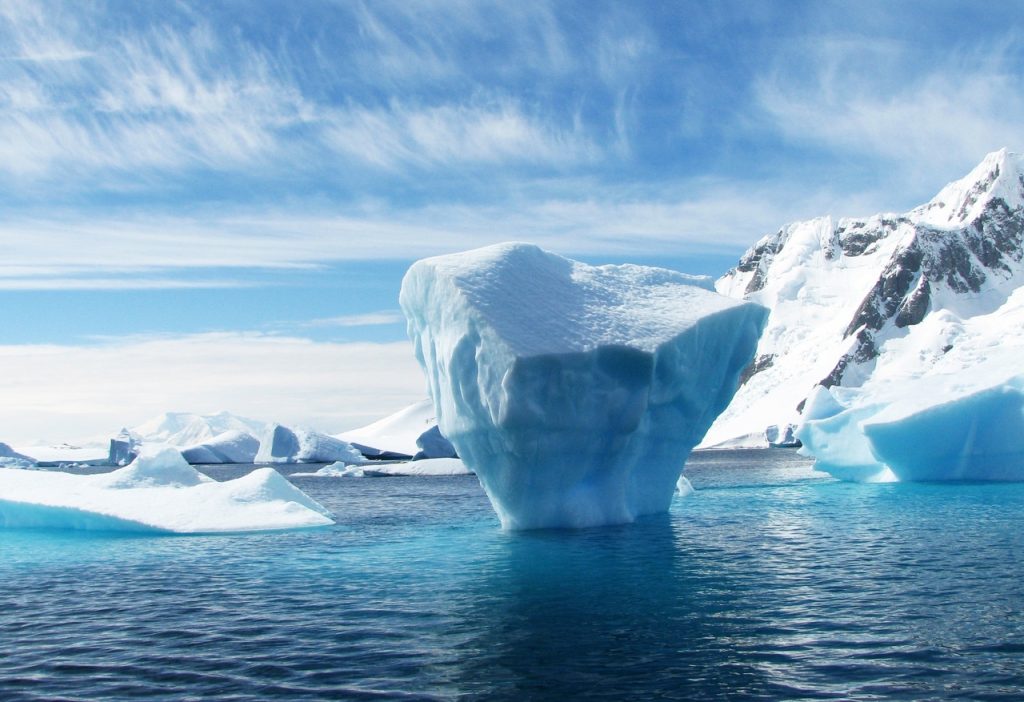New data shows this October warmest on record

November 6th, 2019
Last month was the warmest October on record following unprecedented high temperatures over the summer.
The high October temperatures are part of a “long-term warming trend,” according to the EU’s Copernicus Climate Change Service.
This is the fifth month in a row that records have either been broken or been very close to being broken, the European scientific body said.
Globally, October was 0.69 C warmer than the average October from 1981 – 2010, with temperatures “much above average” in large parts of the Arctic.
‘This is not science fiction’
September also saw record-breaking temperatures across the globe. The high autumn temperatures came on the heels of this summer’s continental heatwave that saw July become the hottest month on record.
The heatwave, according to the World Weather Attribution Network, would have been “extremely unlikely” without climate change.
The World Meteorological Organization (WMO) noted that this new record is “particularly significant” as the previous record in July 2016 was set during one of the strongest El Nino years.
El Nino events happen approximately every five to seven years and subsequently warm the ocean and atmosphere, causing an increase in temperature. This year has not witnessed a strong El Nino occurrence, the WMO observed.
“WMO expects that 2019 will be in the five top warmest years on record and that 2015 – 2019 will be the warmest of any equivalent five-year period on record,” WMO Secretary-General Petteri Taalas said.
“This is not science fiction. It is the reality of climate change. It is happening now and it will worsen in the future without urgent climate action,” Mr Taalas warned.

Sea Ice
According to the US National Snow & Ice Data Centre (NSIDC), Arctic sea ice extent for October was also record-setting as the month finished up with the lowest sea ice extent on record.
The presence of sea ice is key in moderating global temperatures as it reflects the sun’s energy back out into space, keeping the planet cooler than it otherwise would be.
The NSIDC has “high confidence” that we will see a further decline of Arctic sea ice. The new figures come two months after the UN released a report on the oceans and cryosphere (the frozen parts of the planet).
The warming atmosphere, the report warns, is leading to glacier and ice sheet melting, as well as acidifying ocean waters as the seas have absorbed 20 to 30 per cent of emissions since the 1980s.
As a result, sea levels have risen substantially and storms have intensified, both of which threaten over one billion people worldwide.
[x_author title=”About the Author”]







